What’s in the Box
- Helichrysum Flower Seeds
- Sowing instructions printed on backside of Seed Packet
- Recyclable Pouch
Introduction
Bring everlasting charm to your garden with our premium Helichrysum Flower Seeds! Also known as “Strawflower” or “Everlasting Daisy,” these blooms are celebrated for their papery petals that retain their vivid color long after cutting. Perfect for fresh borders, dried arrangements, and floral crafts, Helichrysum adds timeless elegance to any space.
Whether you are a beginner or an experienced gardener, our carefully selected Helichrysum seeds promise vibrant, long-lasting blooms in shades of golden yellow, orange, pink, and white. With their exceptional resilience and sun-loving nature, these flowers thrive in diverse conditions and reward you with season-long beauty.
Elevate your gardening journey with Helichrysum Flowers—a stunning choice for those who love both living displays and dried floral keepsakes. Order now and enjoy the everlasting allure of Helichrysum in your home and garden!
Guide to the Germination Process, Soil & Fertilizer, Watering & Pest Control Requirements for Helichrysum Flower Seeds
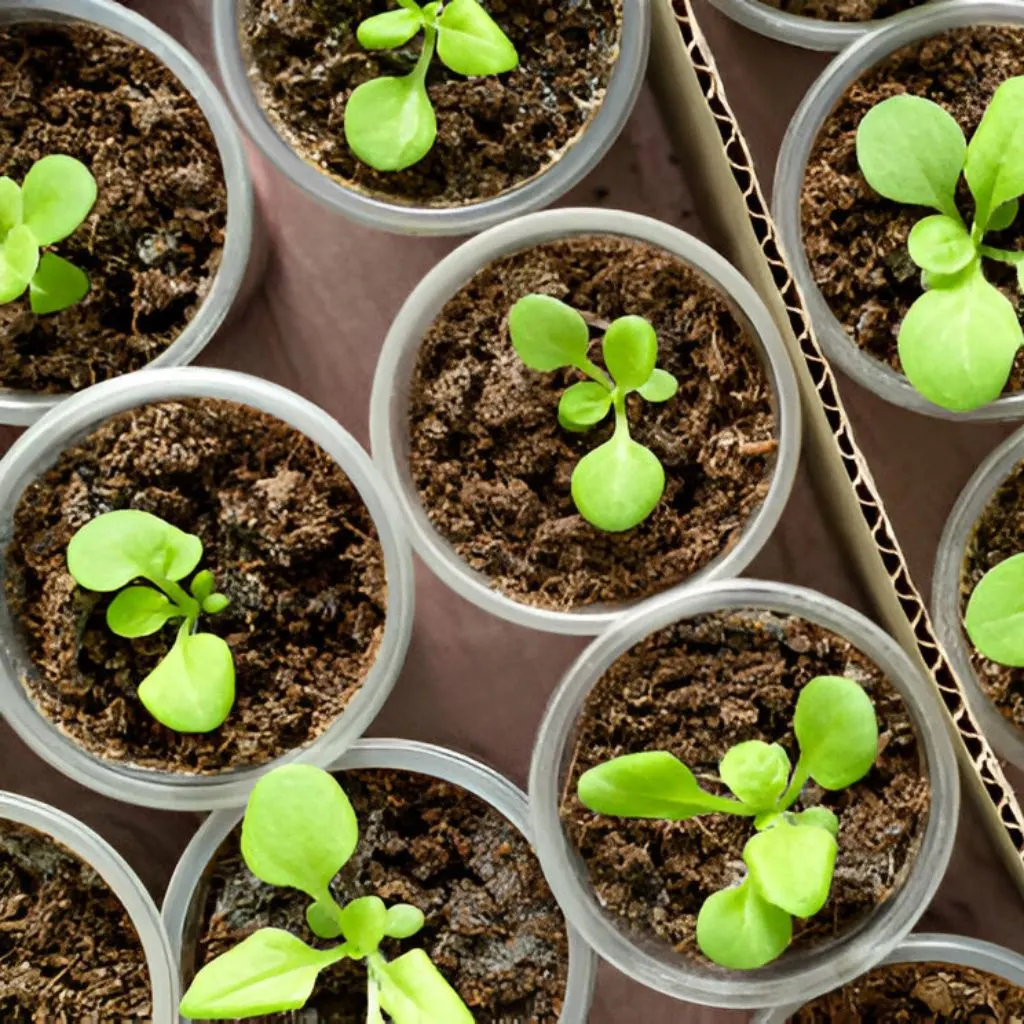
Seeds Germination Process
Seed Preparation: Helichrysum seeds are small and lightweight. They do not require pre-treatment, but gently pressing them onto the soil surface without covering ensures better germination.
Planting Medium: Use a light, well-draining seed-starting mix. A blend of peat moss, sand, and compost works best. Avoid heavy soils that retain excess moisture.
Planting: Scatter seeds thinly on the soil surface. Since Helichrysum seeds need light to germinate, do not bury them. Lightly mist with water to keep them in place.
Containers: Start indoors in seed trays or small pots for better control over conditions. Ensure containers have adequate drainage holes.
Watering: Mist lightly with a spray bottle to keep soil moist but never soggy. Overwatering may cause damping-off disease.
Temperature: Seeds germinate best at 20–24°C (68–75°F). A warm environment speeds up sprouting.
Light: Provide bright, indirect light or grow lights for 12–14 hours daily if starting indoors.
Germination Time: Helichrysum seeds usually sprout within 7–14 days with proper care.uts in 5–7 days. Leaves typically appear by the second week.
Soil & Fertilizer Requirement
Loosen Soil: In garden beds, prepare loose, sandy or loamy soil enriched with organic matter. Helichrysum thrives in well-drained soils and dislikes waterlogging.
Balanced Fertilizer: Apply a balanced NPK fertilizer (such as 10:10:10) during early growth to support healthy foliage and blooms.
Organic Options: Compost, leaf mold, or vermicompost provide slow-release nutrients while improving soil structure.
Application: Fertilize every 4–6 weeks during the growing season. Avoid over-fertilizing, as excessive nutrients may reduce flower quality.
Flowering Boost: For richer blooms, use a phosphorus-rich fertilizer occasionally to encourage abundant flowering.


Watering Requirement
Frequency: Water regularly during the seedling stage. Once established, Helichrysum is drought-tolerant and requires only occasional watering.
Watering Technique: Water deeply but infrequently, allowing the soil to dry slightly between waterings. Always water at the base to keep foliage dry.
Soil Moisture: These flowers prefer moderately dry conditions. Overly wet soil can cause root diseases.
Adjustments Based on Conditions: Increase watering slightly during hot, dry spells, but avoid waterlogging. Reduce watering during cooler months.
Containers: If grown in pots, water more frequently, as containers dry out faster than ground soil.ase water monitoring and provide light shade in peak summer.
Pest Control Requirement
Aphids: May feed on tender shoots, causing leaf curling. Control with neem oil spray or insecticidal soap.
Spider Mites: Thrive in hot, dry conditions and cause stippling on leaves. Increase humidity and treat with miticides if infestations occur.
Leaf Miners: Can tunnel inside leaves, leaving trails. Remove affected leaves or use organic sprays like neem.
Powdery Mildew: In humid conditions, white fungal growth may appear. Ensure good airflow, avoid overhead watering, and apply fungicide if necessary.
Root Rot: The main threat from overwatering. Prevent by ensuring soil drainage and moderating irrigation.
Regular Inspection: Check plants weekly for pests or diseases. Early action ensures healthy, long-lasting blooms.uatic-safe insecticides labeled for pond or water garden use.


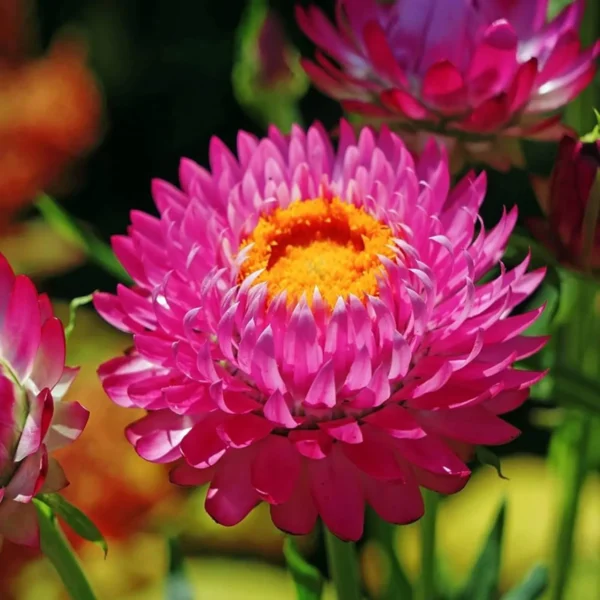
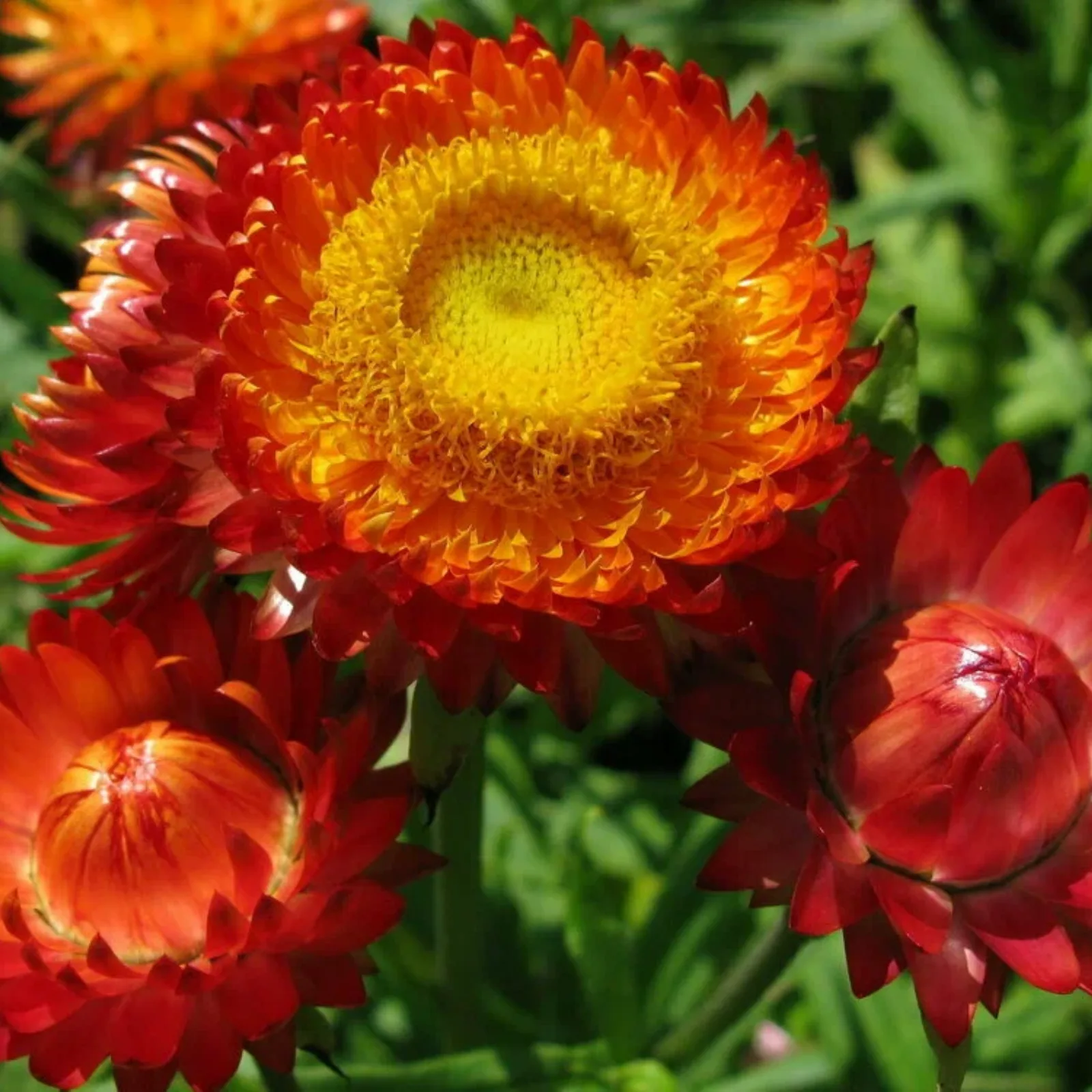
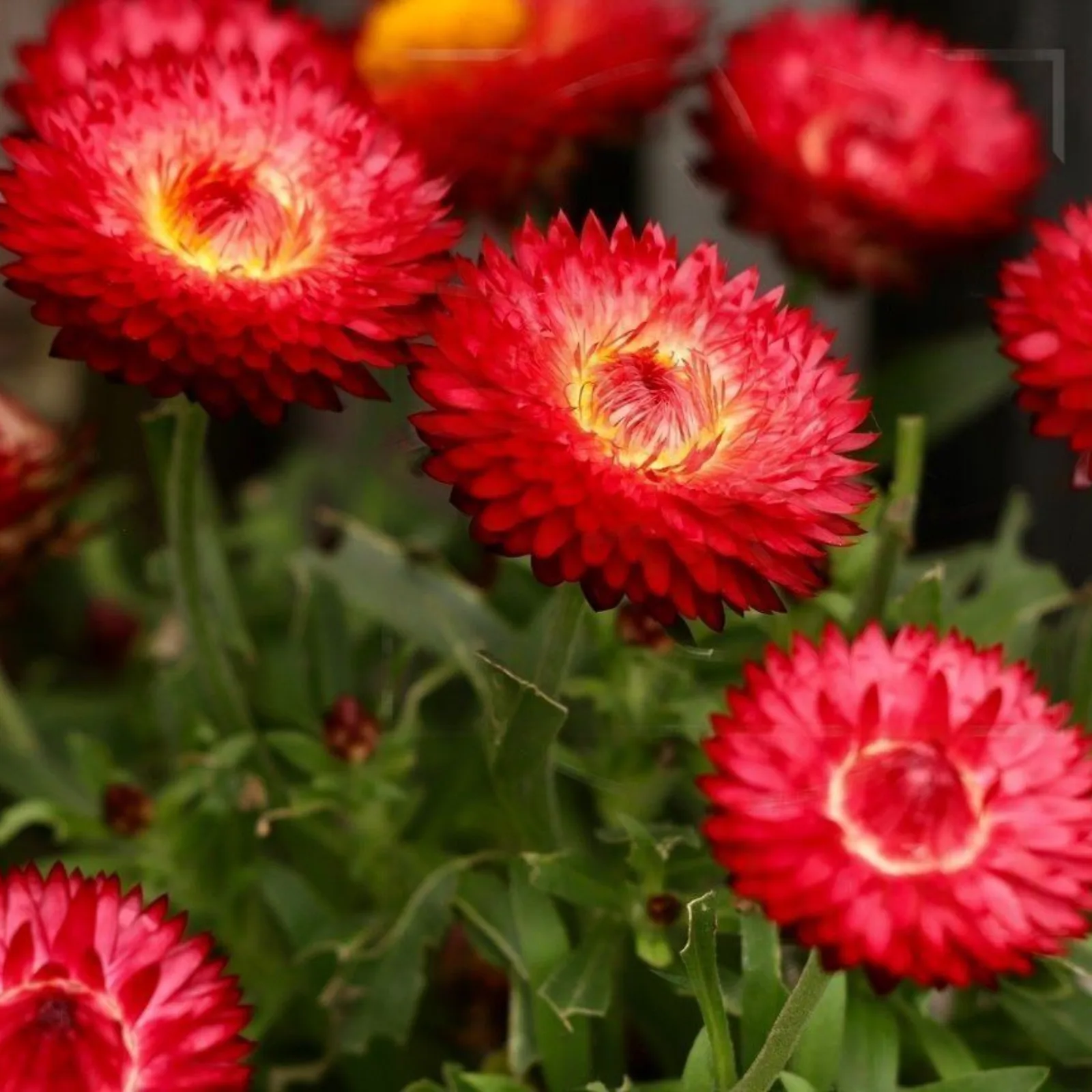
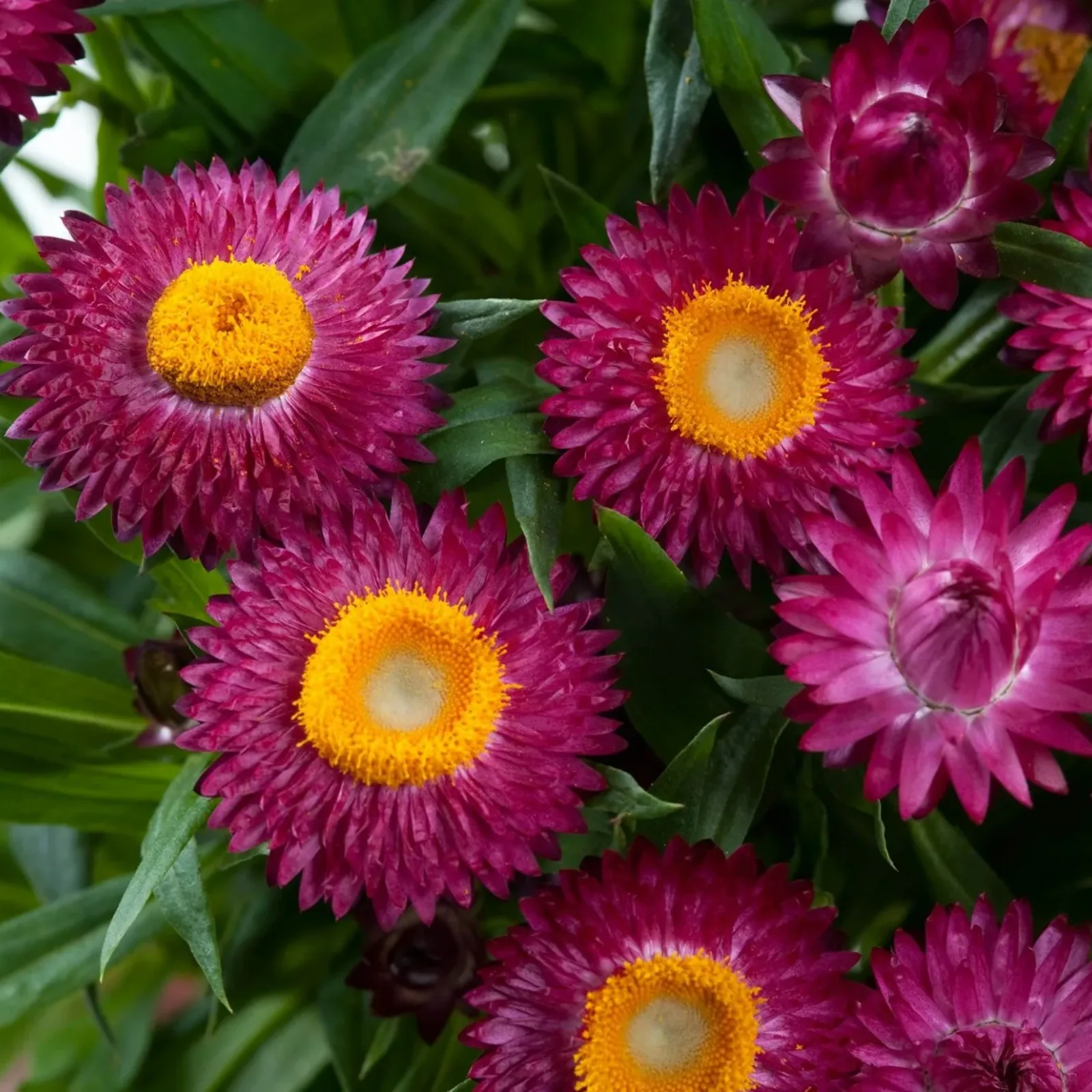
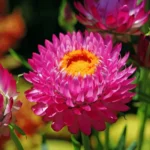
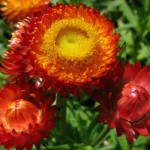
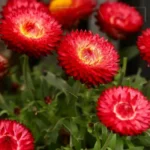
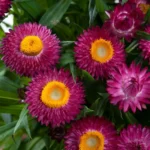
Reviews
There are no reviews yet